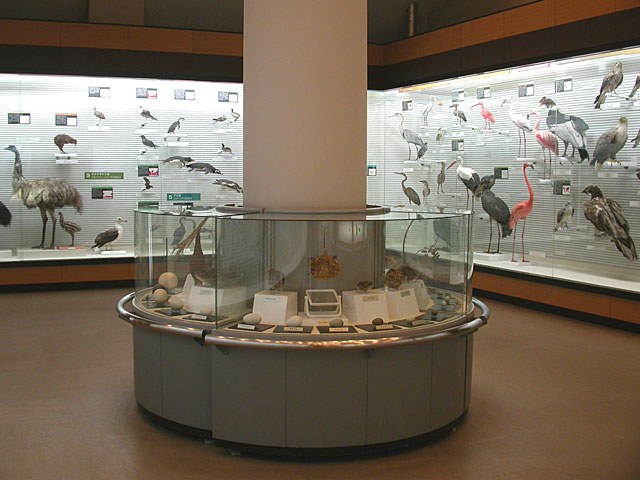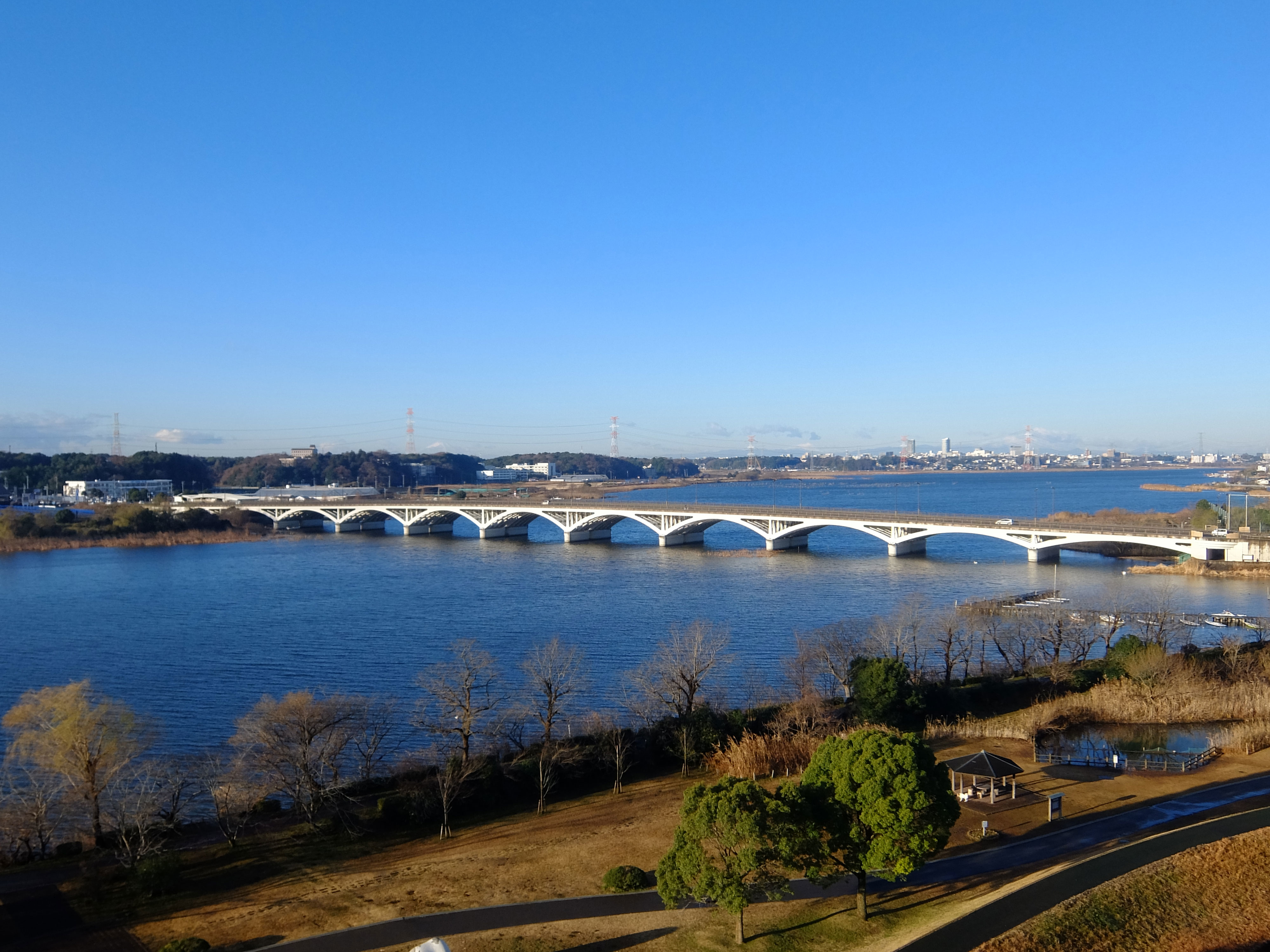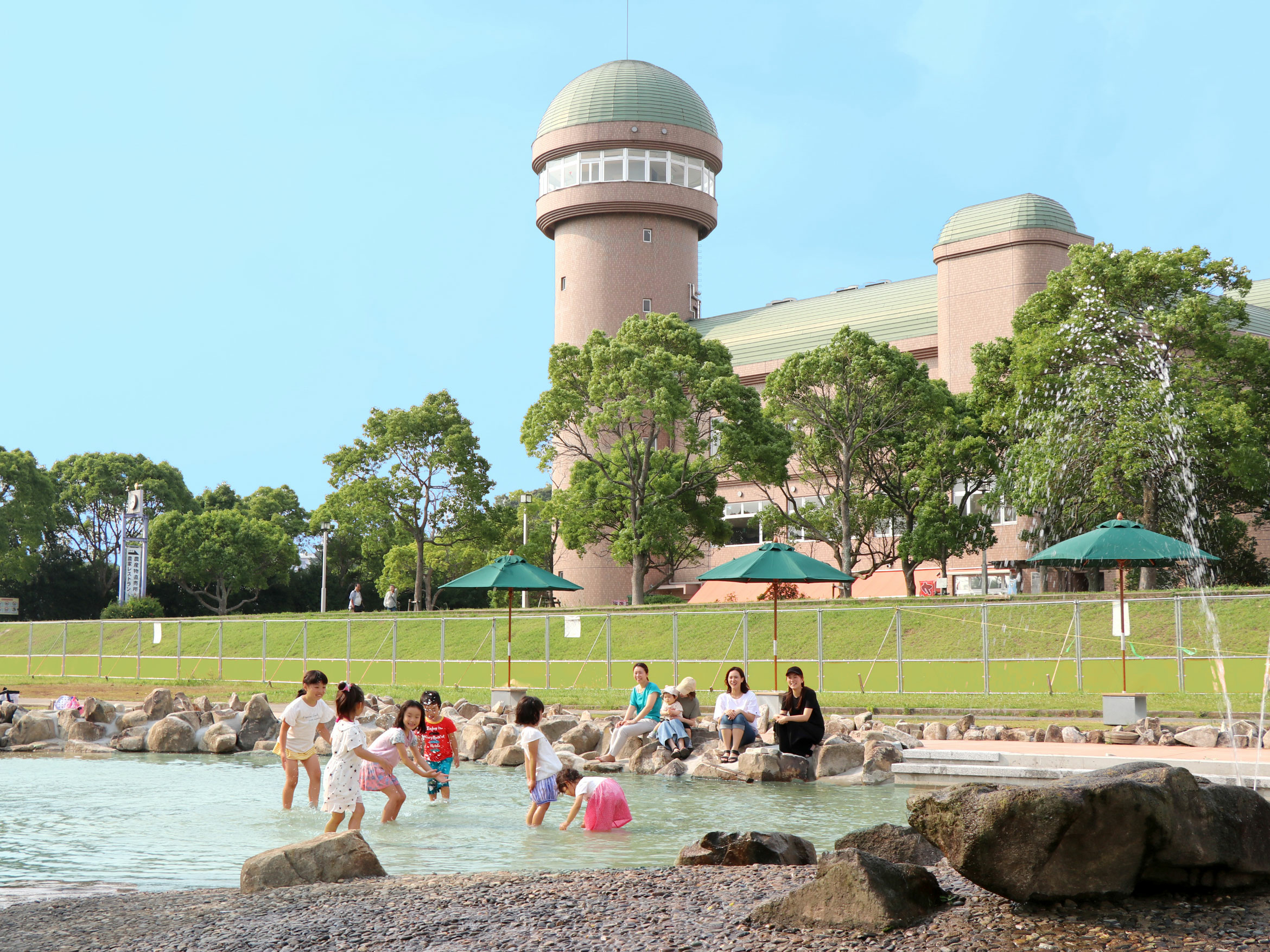
Uipigshi Bird Museum
Built on the banks of Tebanuma, the museum has a theme of coexistence between birds and humans. The second floor displays a diorama that recreates the ecology of the birds living in Tecanuma. The third floor displays taxidermy of about 300 kinds of birds of the world. There are also fossil replicas such as Archaeopteryx showing the origin of birds and the evolutionary process, as well as exhibits of restored ancient birds. 300 yen for general, 200 yen for high and university students, and 70 years and older, junior high school students and younger are free.









